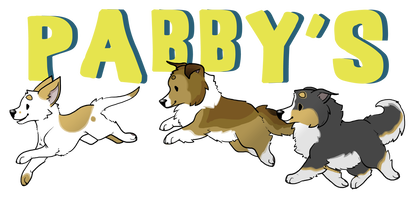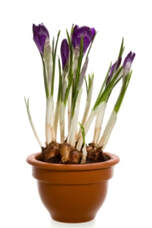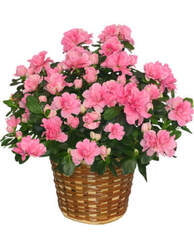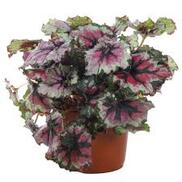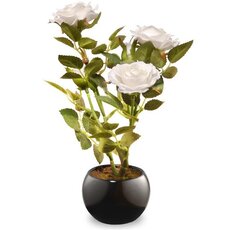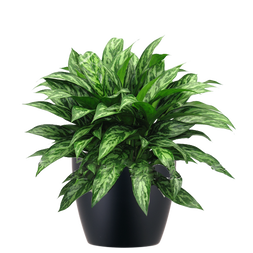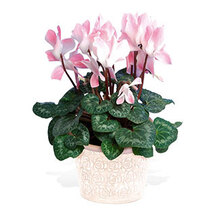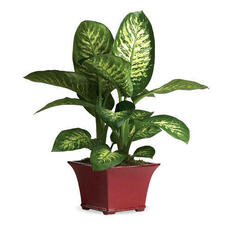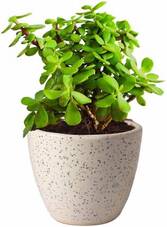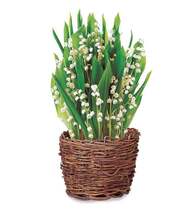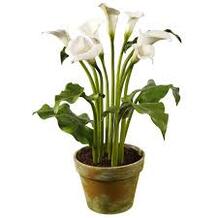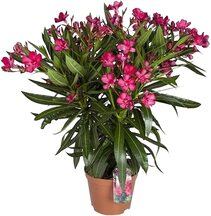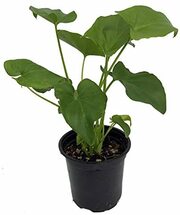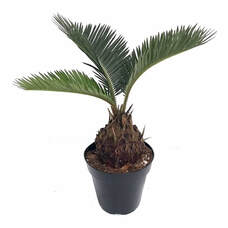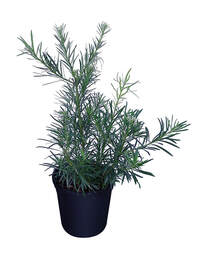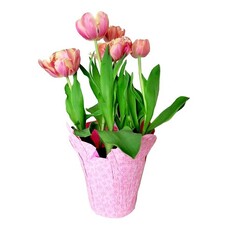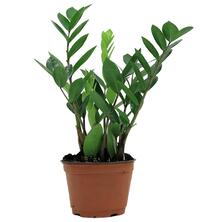Certain common houseplants and outdoor plants can be toxic to your family pets. These plants range in danger level from giving our pets a bellyache, to needing a trip to the emergency vet. Check out our list and make sure your home and garden are as safe as they can be!
If your pet has ingested any of the plants listed below, we recommend you call the Pet Poison Control Hotline for instructions, advice, and assistance if necessary getting the proper information to your emergency vet while you're on your way there.
(855) - 764 - 7661
This is not a complete list, but a hand-picked group of popular house and garden plants that you could have around your home. For a complete list, you can visit the ASPCA's website.
If your pet has ingested any of the plants listed below, we recommend you call the Pet Poison Control Hotline for instructions, advice, and assistance if necessary getting the proper information to your emergency vet while you're on your way there.
(855) - 764 - 7661
This is not a complete list, but a hand-picked group of popular house and garden plants that you could have around your home. For a complete list, you can visit the ASPCA's website.
|
Azaleas
Azaleas are popular flowering shrubs for your garden. Every part of an azalea plant, or a Rhododendron, is toxic for our pets. The most commonly reported symptoms are nausea and stomach upset. These are not tasty, so our pets will typically not eat a lot. However, symptoms grow in severity if they do and branch out to heart and blood pressure problems. |
|
Philodendrons
Philodendrons encompass a wide range of popular houseplants. Monstera, Pothos, Elephant Ear, and Heartleaf are all members of this family. Their stems and leaves contain calcium oxate crystals that can irritate your dog's mouth and stomach if ingested. The effect is fairly immediate, and as a result our pets likely won't eat too much. |
|
Southern Yew
This outdoor plant is also known as a Japanese Yew, or a Buddhist Pine. Used often in hedging landscaping, the berries that this plant produces are safe for our pets. However, the leaves, seeds, and bark can cause life threatening issues affecting the heart. This plant can also cause vomiting, depressed appetite and behavior, and seizures. |
